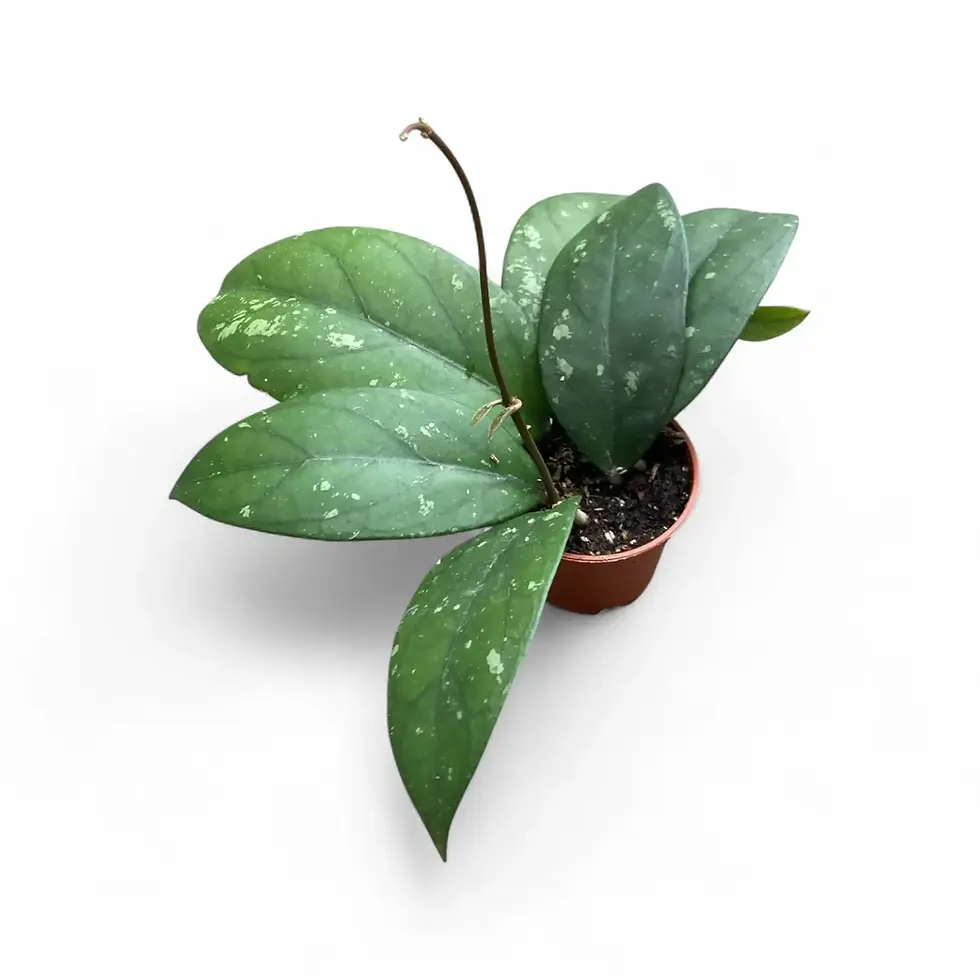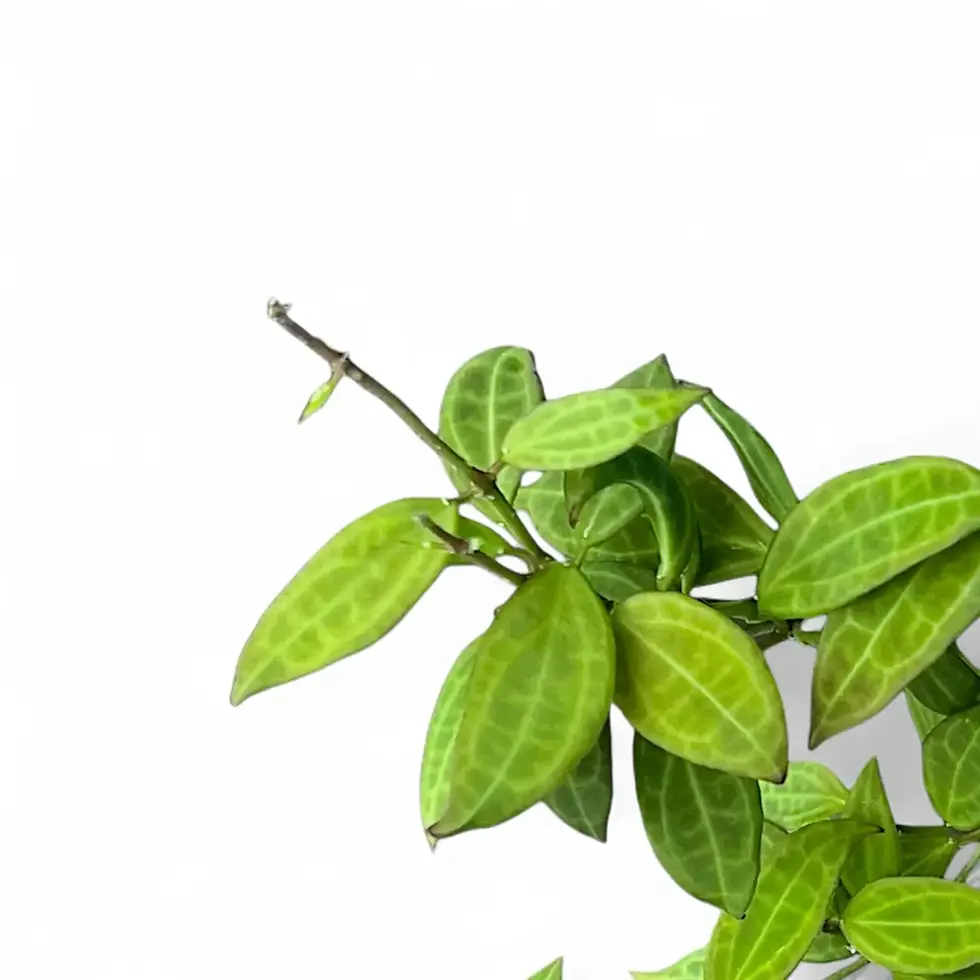Episcia cupreata 'Pink Brocade' – Profile, Traits and Indoor Care
Episcia cupreata 'Pink Brocade' is a tropical charmer that packs a visual punch without demanding the spotlight. Its quilted, coppery-green leaves are overlaid with pink, cream, and silver veining—creating a mosaic that looks almost hand-painted. This cultivar stands out not only for its bold foliage but also for its low-growing, spreading habit and dainty, tubular pink blooms that pop up unexpectedly through the season. Compact, trailing, and richly patterned, 'Pink Brocade' offers maximum decorative impact in minimal space—perfect for plant shelves, hanging pots or terrariums.
Standout Features of Episcia 'Pink Brocade'
- Vibrant Foliage: Rosette-forming, velvety leaves with iridescent pink, silver and green overlays.
- Compact Grower: Low, creeping habit ideal for small spaces, terrariums or as ground cover in mixed planters.
- Blooms Freely: Bright pink, trumpet-like flowers appear on and off throughout the year.
- Indoor Friendly: Thrives in consistently warm, humid indoor environments.
- Propagation-Ready: Spreads easily via stolons, making it a fun plant to grow and share.
Natural Context and Growth Habit of Episcia 'Pink Brocade'
This cultivar comes from Episcia cupreata, a tropical species native to the shady, moist lowland rainforests of Colombia, Venezuela and Brazil. There, it grows along the forest floor, rooting along the ground with its stolons. Temperatures in its native range remain around 22–28 °C year-round with consistently high humidity above 70% and heavy rainfall. Indoors, this cultivar stays compact, reaching around 15–25 cm in height and spreading 30–40 cm across. It has a creeping, stoloniferous growth form and makes a fast grower when its care needs are met. Episcia is non-toxic to pets and humans, making it a worry-free indoor choice. As a stoloniferous herbaceous perennial, it regenerates easily from offshoots, creating dense mats over time.
How to Care for Episcia 'Pink Brocade'
- Light: Prefers bright, filtered light—avoid direct sun, which can scorch the delicate leaves.
- Watering: Keep the substrate lightly moist but not soggy. Let the top 1–2 cm dry between waterings.
- Humidity: Enjoys stable humidity of 60–80 %. Dry air may cause leaf edges to curl or crisp.
- Temperature: Ideal range is 20–26 °C. Avoid cold drafts and temperatures below 18 °C.
- Substrate: Loose, moisture-retentive but airy mix—peat-free options with coco coir, perlite, and bark work well.
- Repotting: Repot annually or when roots/stolons fill the pot. Choose wide, shallow containers to allow spreading.
- Fertilizing: Apply diluted liquid fertilizer monthly to support foliage and bloom development.
- Propagation: Simple via stolon cuttings—root in water or directly in substrate.
- Hydroponics: Suitable for mineral substrates like pon; ensure base remains humid but not soaked.
- Pruning: Pinch back for a fuller shape; remove faded flowers and leggy stolons as needed.
Issues You Might Encounter with Episcia 'Pink Brocade'
- Spider mites: Can appear in dry air—look for fine webbing and stippled leaves. Increase humidity and treat with neem or soap-based sprays.
- Mealybugs: Check nodes and stolons for cottony clusters—remove manually and treat promptly.
- Root rot: Caused by overwatering or poorly draining soil—ensure airflow around roots and avoid waterlogged pots.
- Leaf curling or browning tips: Often linked to low humidity or inconsistent watering—stabilize conditions and adjust routine.
- Fungal spots: Avoid wetting leaves and improve ventilation in closed environments like terrariums.
Other Useful Info About Episcia 'Pink Brocade'
This cultivar grows best when given horizontal space and allowed to trail naturally. While it doesn’t require a support structure, a hanging container or low bowl allows it to show off its cascading stolons beautifully. Episcia grows best when you mimic its humid, warm, and shaded forest floor origins. Understanding the conditions this species evolved in makes it easier to meet its needs indoors—keeping the foliage vibrant and growth steady.
Name Origin and Botanical Background
The genus name Episcia comes from the Greek word *episkios*, meaning “shaded,” referencing the plant’s preference for low light habitats. The species epithet cupreata refers to the coppery tone of the leaves. The basionym was originally described as Achimenes cupreata by Hooker and later reclassified as Episcia cupreata by Johannes von Hanstein in 1866, published in *Linnaea* 34: 340. The cultivar name 'Pink Brocade' refers to the ornamental leaf pattern resembling brocade fabric.
Frequently Asked Questions About Episcia 'Pink Brocade'
- Can I grow Episcia in a terrarium? Yes, it thrives in humid, enclosed environments with stable warmth and soft light.
- Does Episcia go dormant? No, under stable indoor conditions it continues to grow year-round without a dormancy period.
- How often does Episcia flower? When happy, it can produce small pink flowers intermittently throughout the year.
Order Episcia 'Pink Brocade' today and grow your own tropical groundcover with stunning color contrasts and easy indoor care.
Episcia cupreata 'Pink Brocade'
Episcia cupreata 'Pink Brocade' comes in a ⌀ 6 cm pot and is approximately 10 cm tall
































